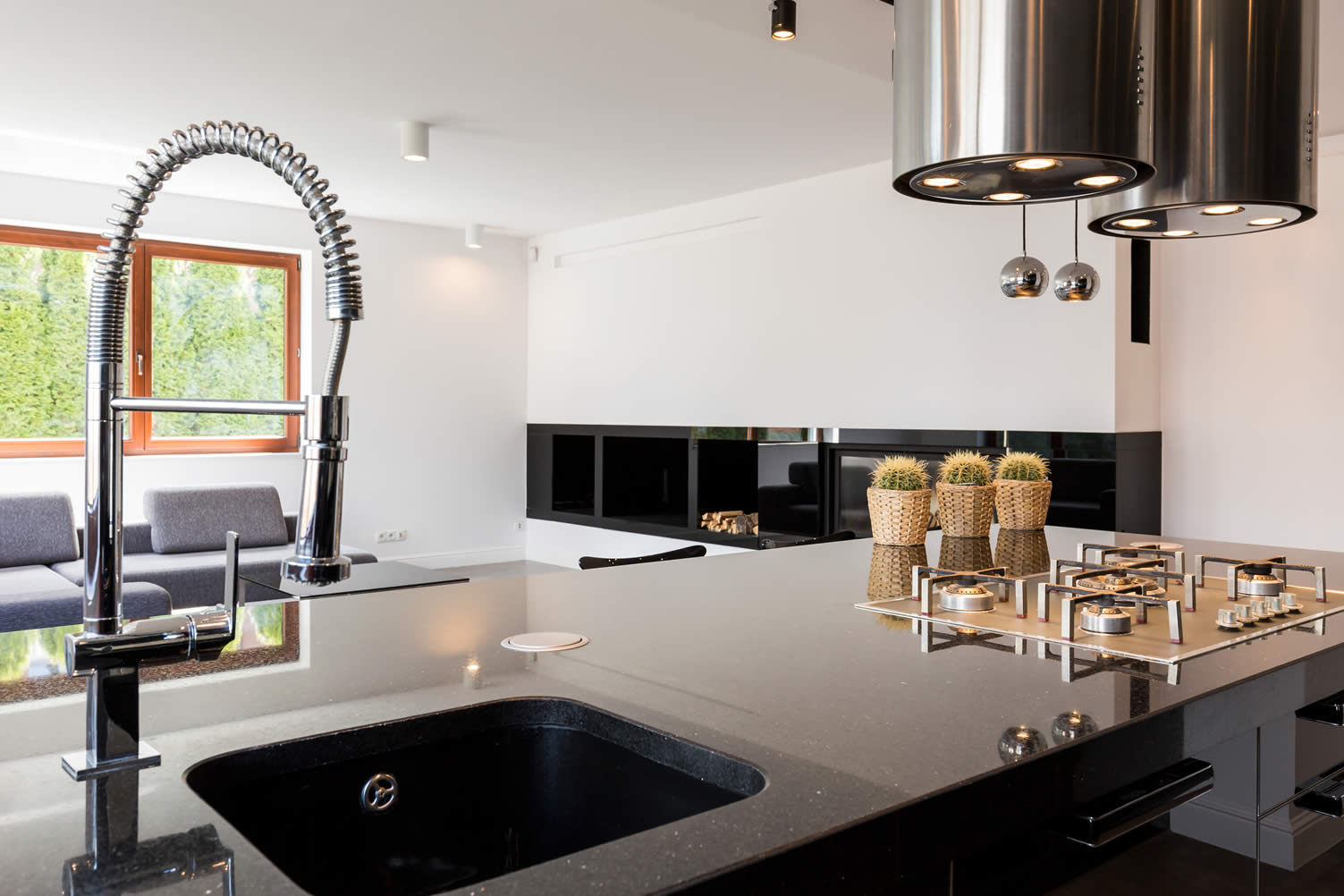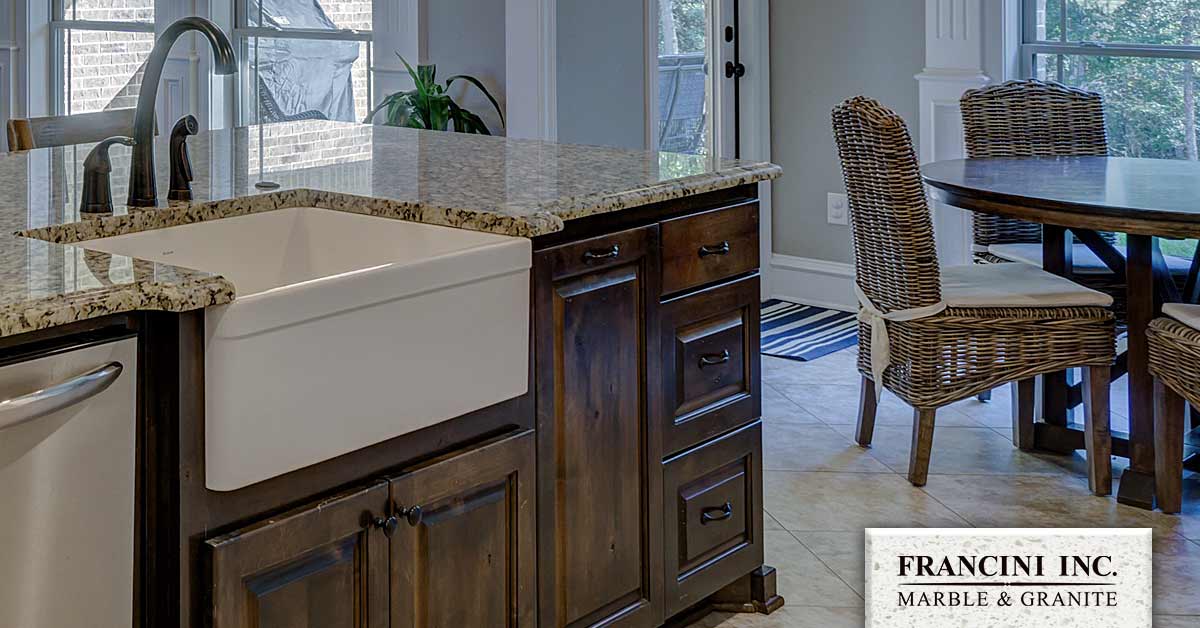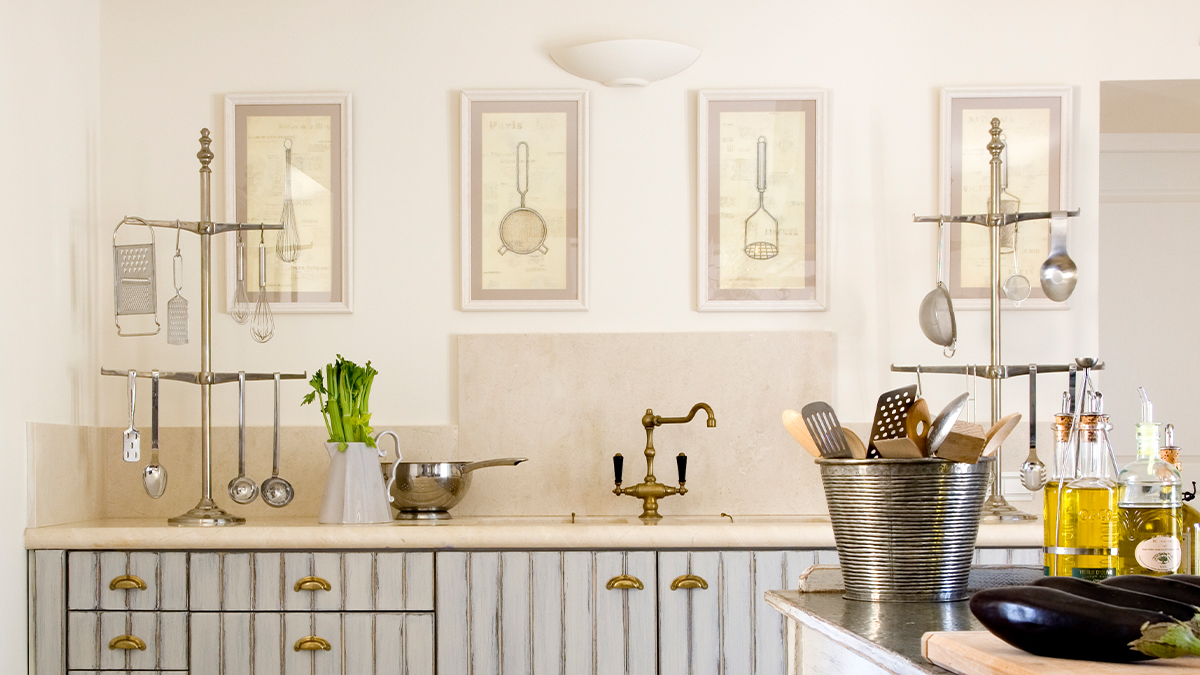Adding a sink to a kitchen island can greatly enhance the functionality and aesthetics of your kitchen. Not only does it provide a convenient space for washing dishes and prepping food, but it also adds a stylish focal point to your island. If you're considering installing a sink in your kitchen island, here are 10 important things to keep in mind.Sink Installation in a Kitchen Island
Before you start cutting into your kitchen island, it's crucial to have a well thought out plan for the placement of your sink. Consider the location of your existing plumbing and make sure it can be easily connected to your new sink. You'll also want to think about the size and shape of your sink to ensure it fits comfortably in your island without disrupting the flow of your kitchen.1. Plan Your Layout
When it comes to choosing a sink for your kitchen island, there are a variety of options available. From classic stainless steel to farmhouse style, the sink you choose should not only fit your personal style, but also be functional for your kitchen needs. Consider the size, depth, and number of bowls when making your decision.2. Choose the Right Sink
Installing a sink in your kitchen island will require additional plumbing work, so it's important to plan for this in your budget. If your kitchen island is not near existing plumbing, you may need to hire a professional plumber to run new lines. This can be a costly expense, so make sure to factor it in when planning your budget.3. Consider Your Plumbing
While installing a sink in a kitchen island may seem like a simple task, it's important to consider your level of experience and expertise. If you are not confident in your plumbing and construction skills, it may be best to hire a professional to ensure the job is done correctly and safely. However, if you're up for the challenge, there are plenty of DIY tutorials available to guide you through the process.4. DIY or Hire a Professional?
Once you have your sink and plumbing plan in place, it's time to cut a hole in your kitchen island for the sink to fit into. This can be a tricky task, so it's important to measure carefully and use the right tools. It's also a good idea to have a helper to hold the sink in place while you make the cut.5. Cutting a Hole for the Sink
After the hole is cut, it's time to install the sink and connect it to your plumbing. This step will require some basic plumbing knowledge and skills, so if you're not comfortable with this, it's best to hire a professional. Make sure to follow all manufacturer's instructions and use the appropriate tools and materials.6. Plumbing the Sink
If you want to add a garbage disposal to your kitchen island sink, now is the time to do it. This will require additional plumbing work and may also require an electrical connection. Make sure to follow all safety precautions and consult a professional if needed.7. Adding a Garbage Disposal
Once the sink is installed and connected, it's time to add the finishing touches. This can include installing a faucet, sealing the edges of the sink, and adding any additional plumbing fixtures. Take your time during this step to ensure everything is properly installed and secure.8. Finishing Touches
To ensure your kitchen island sink stays in top condition, it's important to properly maintain and care for it. This includes regularly cleaning and sanitizing the sink and its fixtures, as well as checking for any leaks or damage. It's also important to avoid using harsh chemicals or abrasive materials on your sink.9. Maintenance and Care
Enhancing Functionality: Installing a Sink in Your Kitchen Island

The Benefits of a Kitchen Island Sink
 When it comes to designing a kitchen, functionality is key. One way to maximize the use of space is by adding a
sink to your kitchen island
. While traditional kitchen layouts place the sink against a wall or under a window, having a sink in the island can offer a variety of benefits. Not only does it provide additional workspace, but it also allows for a more efficient and seamless workflow in the kitchen.
When it comes to designing a kitchen, functionality is key. One way to maximize the use of space is by adding a
sink to your kitchen island
. While traditional kitchen layouts place the sink against a wall or under a window, having a sink in the island can offer a variety of benefits. Not only does it provide additional workspace, but it also allows for a more efficient and seamless workflow in the kitchen.
Efficient Workflow and Accessibility
 Having a
sink in your kitchen island
can improve the flow of the kitchen by creating a designated prep and clean-up area. This is especially useful when multiple people are working in the kitchen at once. With a sink in the island, one person can be washing dishes while another is prepping food, making it easier to work together without getting in each other's way. Additionally, having a sink in the island eliminates the need for constantly moving back and forth between the sink and other areas of the kitchen, saving time and energy.
Moreover, adding a sink to your kitchen island can also improve accessibility. This is particularly beneficial for individuals with limited mobility or those who use a wheelchair. With a sink in the island, they can easily access and use the sink without having to maneuver around obstacles or reach up to a wall-mounted sink. This makes the kitchen more inclusive and user-friendly for everyone.
Having a
sink in your kitchen island
can improve the flow of the kitchen by creating a designated prep and clean-up area. This is especially useful when multiple people are working in the kitchen at once. With a sink in the island, one person can be washing dishes while another is prepping food, making it easier to work together without getting in each other's way. Additionally, having a sink in the island eliminates the need for constantly moving back and forth between the sink and other areas of the kitchen, saving time and energy.
Moreover, adding a sink to your kitchen island can also improve accessibility. This is particularly beneficial for individuals with limited mobility or those who use a wheelchair. With a sink in the island, they can easily access and use the sink without having to maneuver around obstacles or reach up to a wall-mounted sink. This makes the kitchen more inclusive and user-friendly for everyone.
Maximizing Space and Functionality
 Another advantage of having a
sink in your kitchen island
is the added workspace it provides. By freeing up counter space, you have more room for food prep, cooking, and other kitchen tasks. This is especially useful in smaller kitchens where counter space is limited. Plus, the island can also serve as a dining area or a place for guests to gather while the host is cooking.
Furthermore, having a sink in the island allows for more versatile use of the kitchen. It can serve as a bar or beverage station during parties, or as a designated area for washing and chopping vegetables while entertaining. This added functionality makes the kitchen island a valuable addition to any kitchen design.
Another advantage of having a
sink in your kitchen island
is the added workspace it provides. By freeing up counter space, you have more room for food prep, cooking, and other kitchen tasks. This is especially useful in smaller kitchens where counter space is limited. Plus, the island can also serve as a dining area or a place for guests to gather while the host is cooking.
Furthermore, having a sink in the island allows for more versatile use of the kitchen. It can serve as a bar or beverage station during parties, or as a designated area for washing and chopping vegetables while entertaining. This added functionality makes the kitchen island a valuable addition to any kitchen design.
Installation Considerations
 While adding a sink to your kitchen island can bring many benefits, there are a few things to consider before installation. You will need to ensure that your plumbing and electrical systems can support the additional sink. You may also need to consider the placement of the island in relation to other appliances and the flow of foot traffic in the kitchen.
In conclusion, adding a sink to your kitchen island can greatly enhance the functionality and efficiency of your kitchen. With a well-designed and installed island, you can create a more versatile and user-friendly space for all your cooking and entertaining needs. So why not consider adding a sink to your kitchen island and enjoy the many benefits it has to offer.
While adding a sink to your kitchen island can bring many benefits, there are a few things to consider before installation. You will need to ensure that your plumbing and electrical systems can support the additional sink. You may also need to consider the placement of the island in relation to other appliances and the flow of foot traffic in the kitchen.
In conclusion, adding a sink to your kitchen island can greatly enhance the functionality and efficiency of your kitchen. With a well-designed and installed island, you can create a more versatile and user-friendly space for all your cooking and entertaining needs. So why not consider adding a sink to your kitchen island and enjoy the many benefits it has to offer.



/how-to-install-a-sink-drain-2718789-hero-24e898006ed94c9593a2a268b57989a3.jpg)



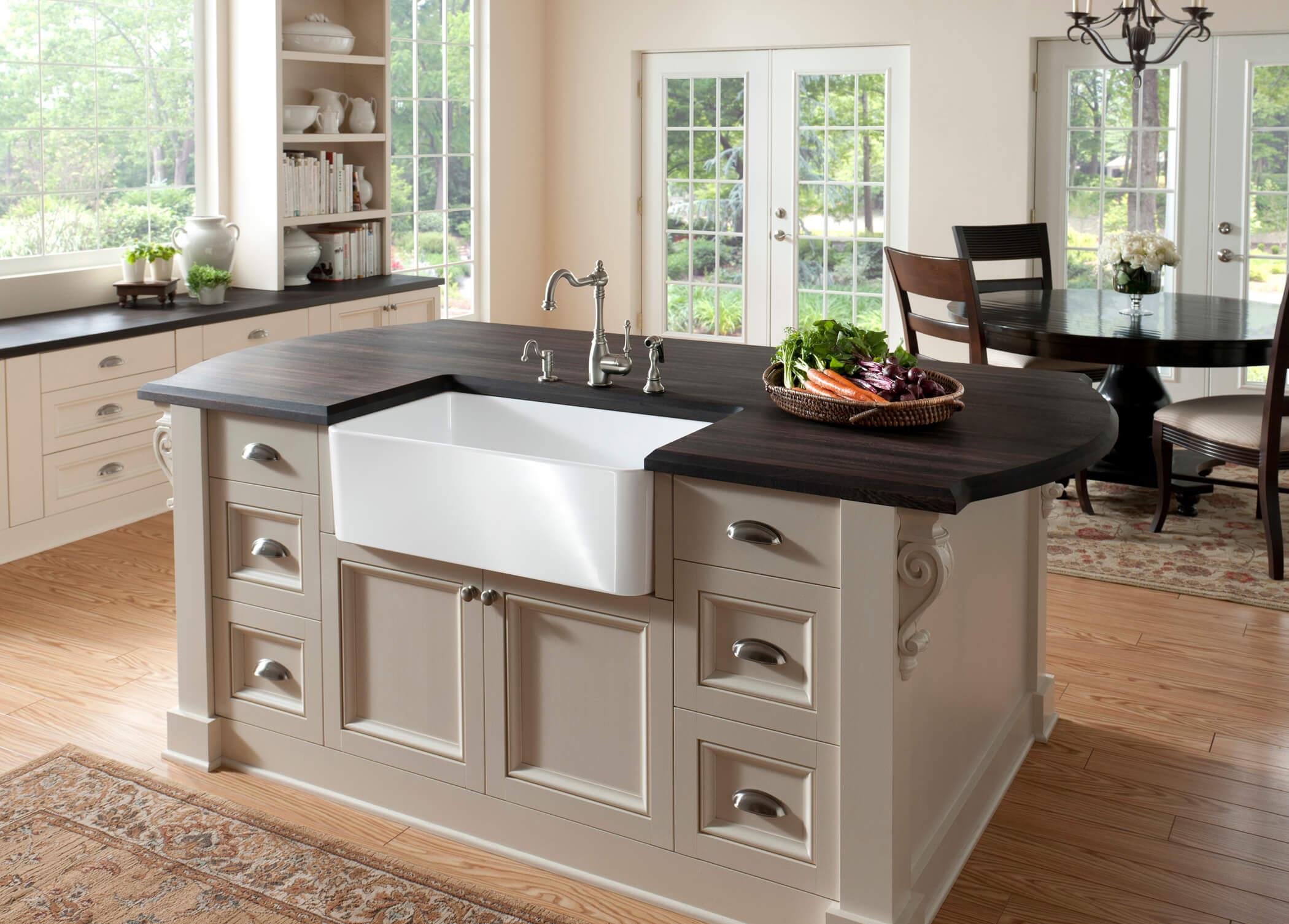




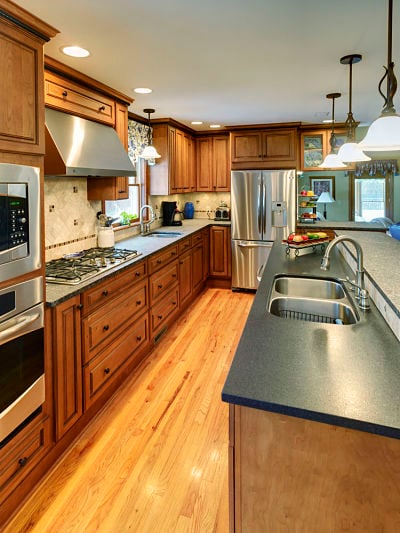

:max_bytes(150000):strip_icc()/how-to-install-a-sink-drain-2718789-hero-24e898006ed94c9593a2a268b57989a3.jpg)










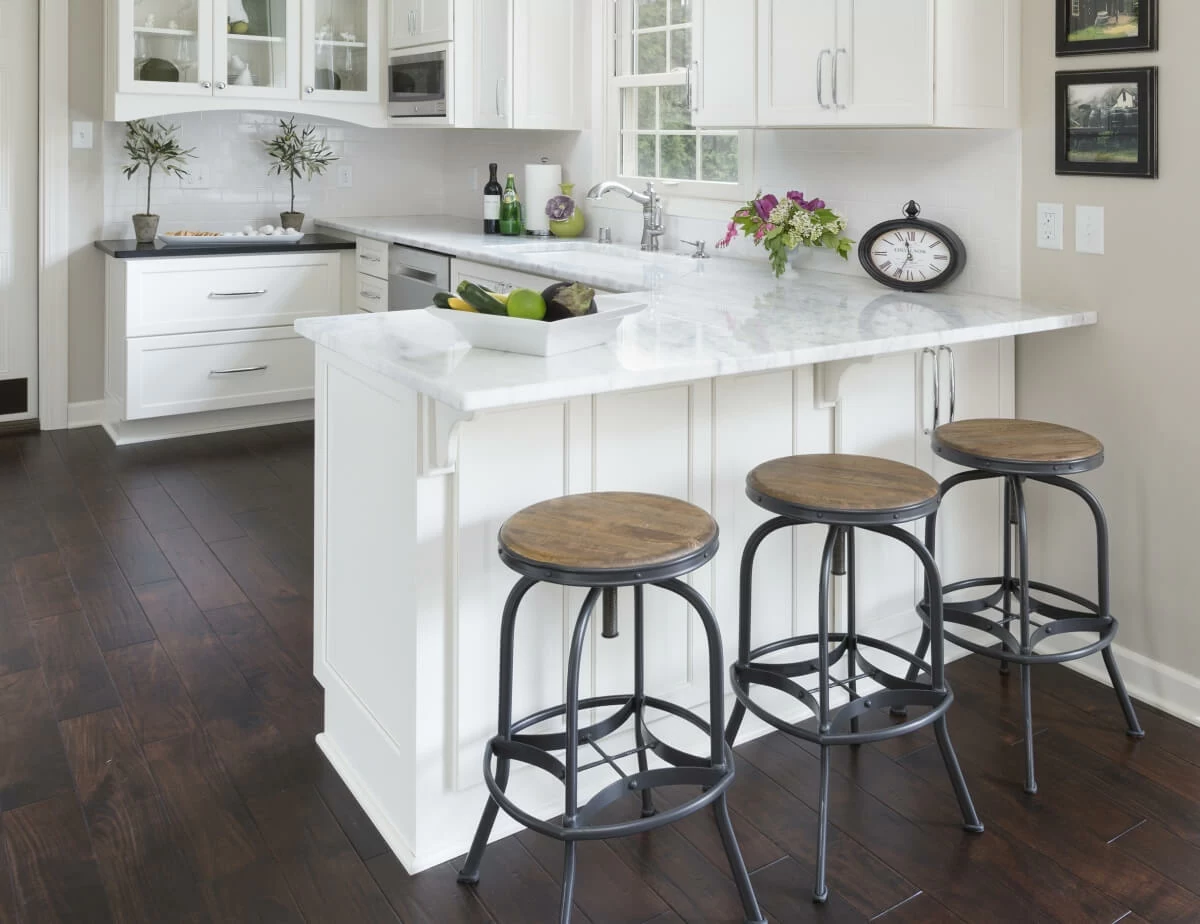

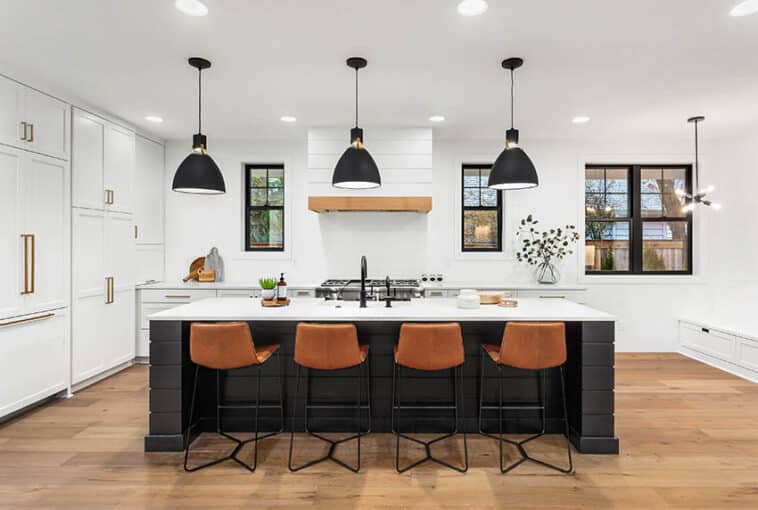
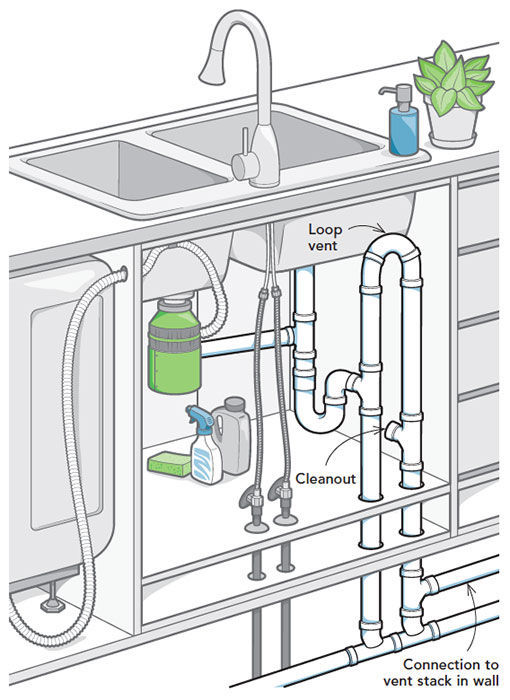





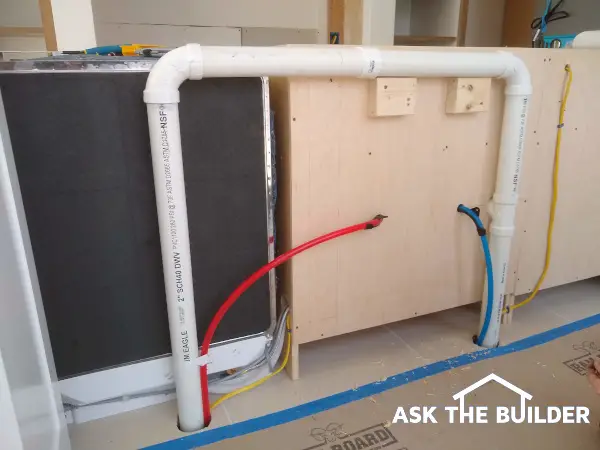



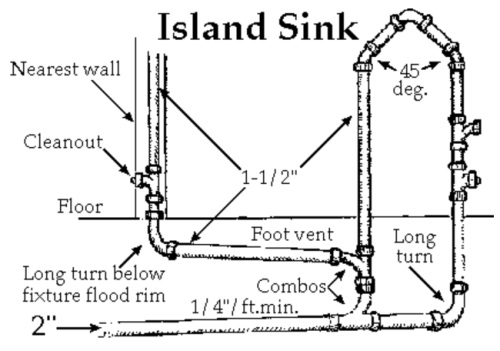




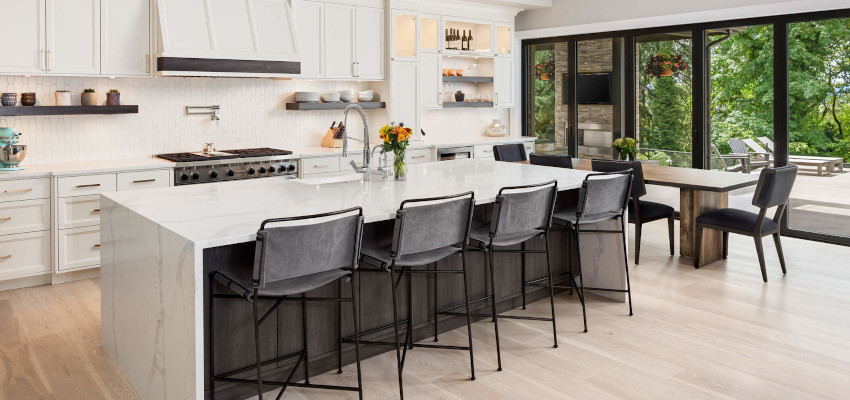


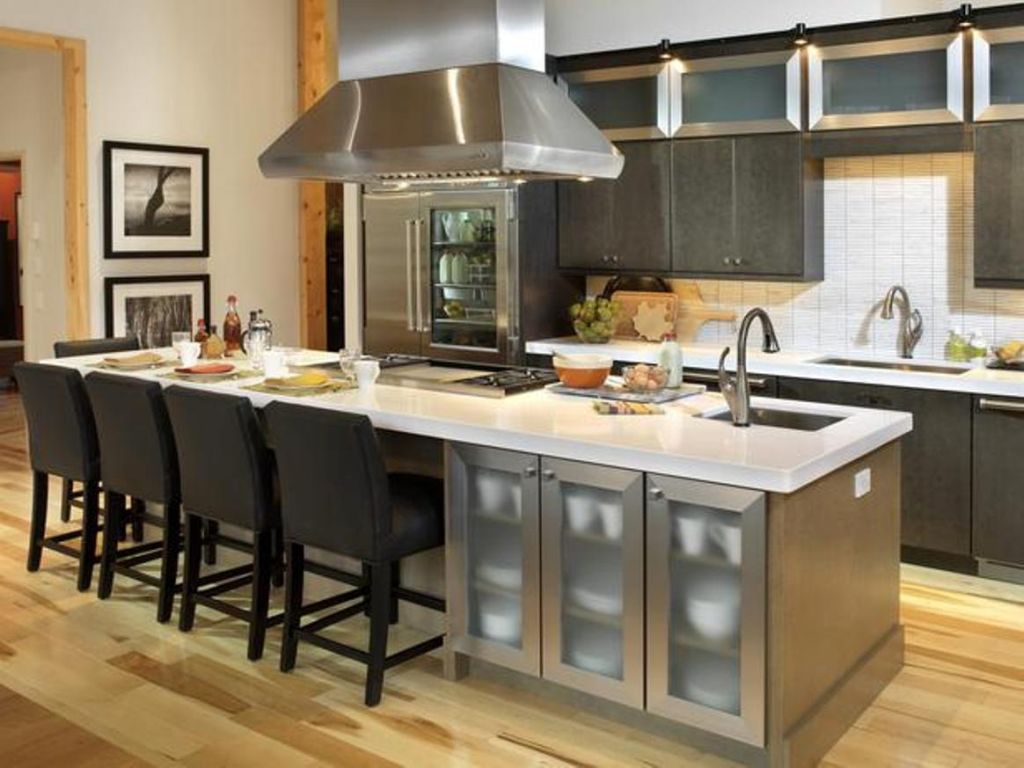








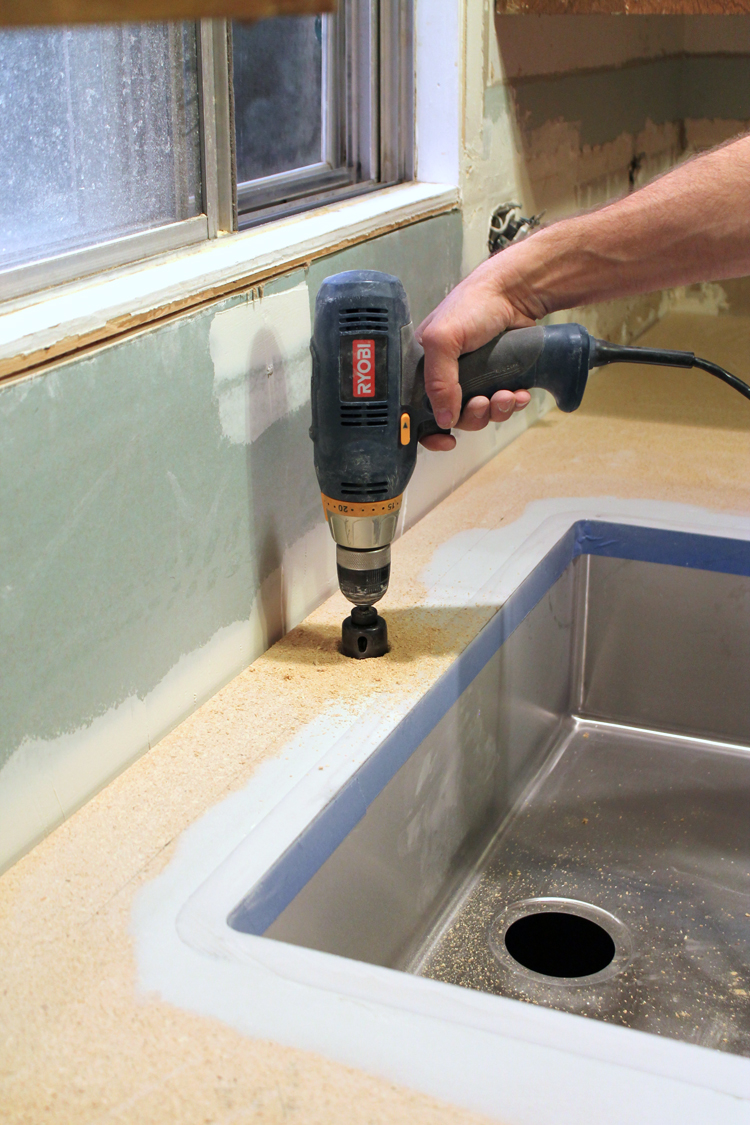







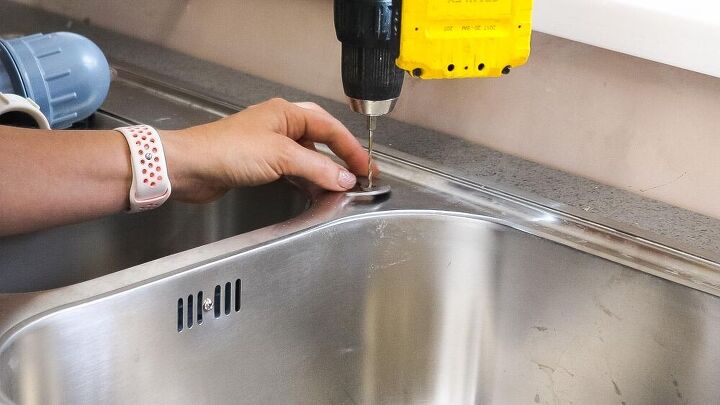














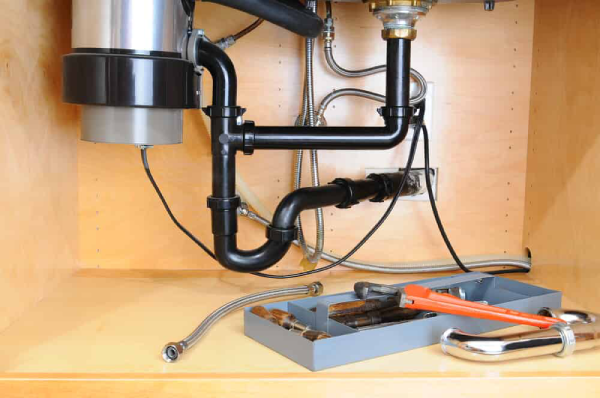
:max_bytes(150000):strip_icc()/garbage-disposal-buying-guide-2718864-hero-205069e72e6a4575b3131db47a6ace26.jpg)









